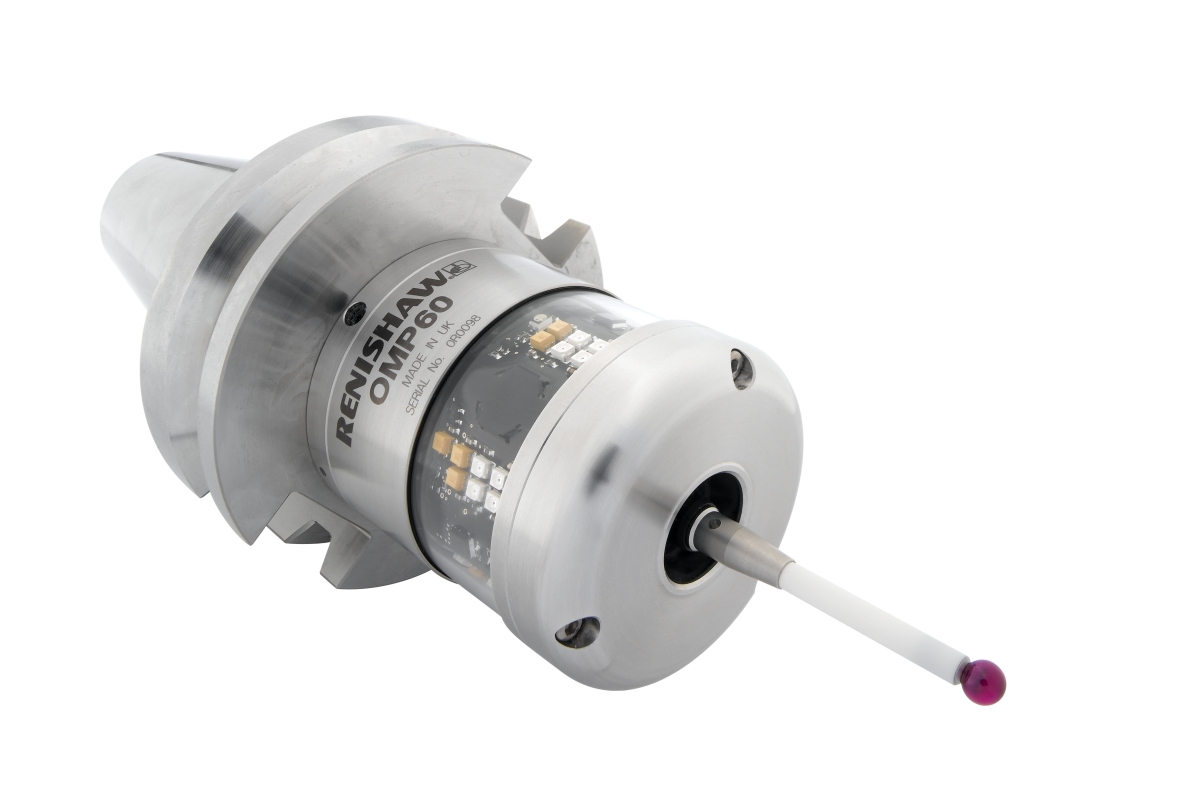

This is evident from the constantly growing number of the published papers in this field over the past 10 years as shown in Fig. The R&D efforts were focused both on broadening their application areas and on investigation and further development of their capabilities. The potential of such hybrid AM manufacturing routes has attracted a significant industrial and research interest. Such single and multi set-up hybrid AM solutions offer capabilities for producing metal parts with higher complexity without compromising their accuracy, surface integrity and material properties. In order to consider multi set-up solutions as hybrid, special fixtures or geometrical references should be employed to minimise part-positioning errors. This includes both the integration of post-processing technologies in the same set-up with the laser-based AM processes but also sequentially in multi set-up hybrid solutions.

machining, heat treatments and surface finishing, to produce parts with required accuracy, surface integrity and material properties. In this context, the paper is focused on hybrid manufacturing solutions that combine the capabilities of laser-based AM technologies for consolidating metal powders with post-processing ones, e.g. So, it is not surprising that the integration of AM with post-processing technologies into single and multi set-up processing solutions, commonly referred to as hybrid AM, has emerged as a very attractive proposition for industry while attracting a significant R&D interest. Therefore, AM parts commonly require some post-processing to meet requirements associated with surface finish, dimensional tolerances and mechanical properties. However, tight tolerances and strict surface integrity requirements cannot be achieved by employing standalone AM technologies in most cases. The technology allows the generation of parts with a complex topologically optimised geometry with internal cavities that were impossible to create with traditional manufacturing processes. aerospace, energy, defence, and biomedical. In fact, metal AM is currently applied in the most demanding industrial sectors, i.e.

The advances of additive manufacturing (AM) technology have broaden its application areas and AM is becoming a viable option for producing completely functional metal parts. Finally, the main challenges and open issues in broadening the industrial use of hybrid AM solutions are discussed. Commercially available hybrid AM systems that integrate laser-based AM with post-processing technologies are also reviewed together with their key application areas. The special focus is on hybrid AM solutions that combine the capabilities of laser-based AM for processing powders with the necessary post-process technologies for producing metal parts with required accuracy, surface integrity and material properties. This paper reviews the current research and technology advances associated with the hybrid AM solutions. In this context, it is not surprising that the integration of AM with post-processing technologies into single and multi set-up processing solutions, commonly referred to as hybrid AM, has emerged as a very attractive proposition for industry while attracting a significant R&D interest. Therefore, AM parts need extensive post-processing to ensure that their surface and dimensional requirements together with their respective mechanical properties are met. However, the tight geometrical tolerances along with the strict surface integrity requirements in aerospace, biomedical and automotive industries are not achievable in most cases with standalone AM technologies. Especially, the AM technologies enable the creation of complex and topologically optimised geometries with internal cavities that were impossible to produce with traditional manufacturing processes. Initially, AM was mainly associated with the fabrication of prototypes, but the AM advances together with the broadening range of available materials, especially for producing metallic parts, have broaden the application areas and now the technology can be used for manufacturing functional parts, too. Recent advances in additive manufacturing (AM) have attracted significant industrial interest.


 0 kommentar(er)
0 kommentar(er)
